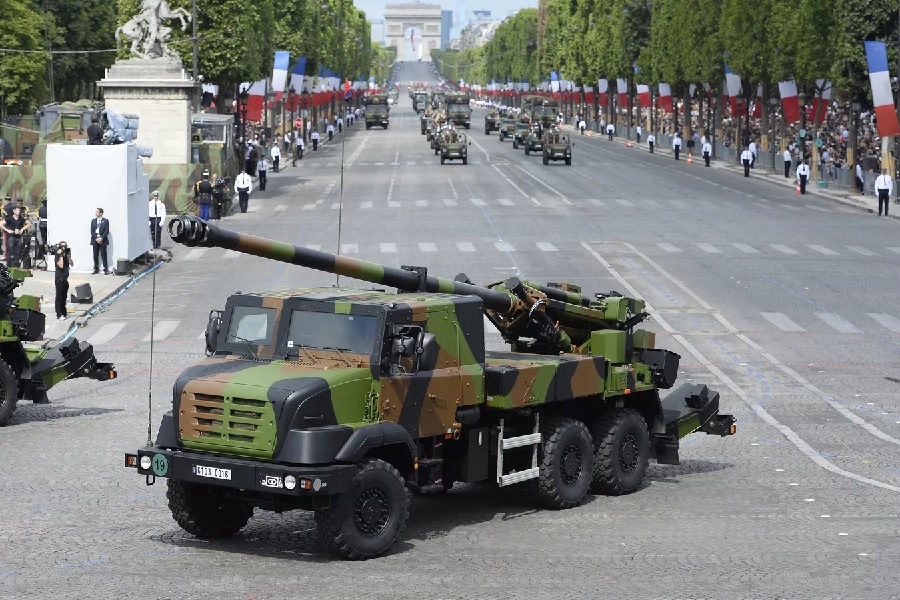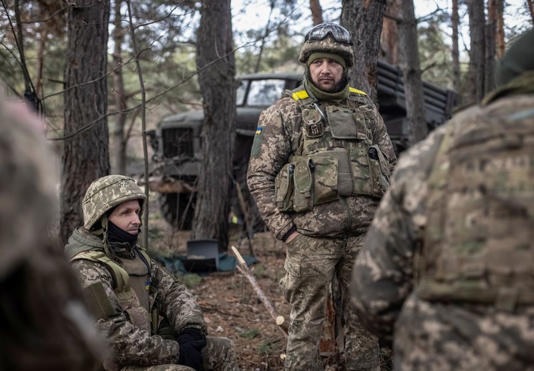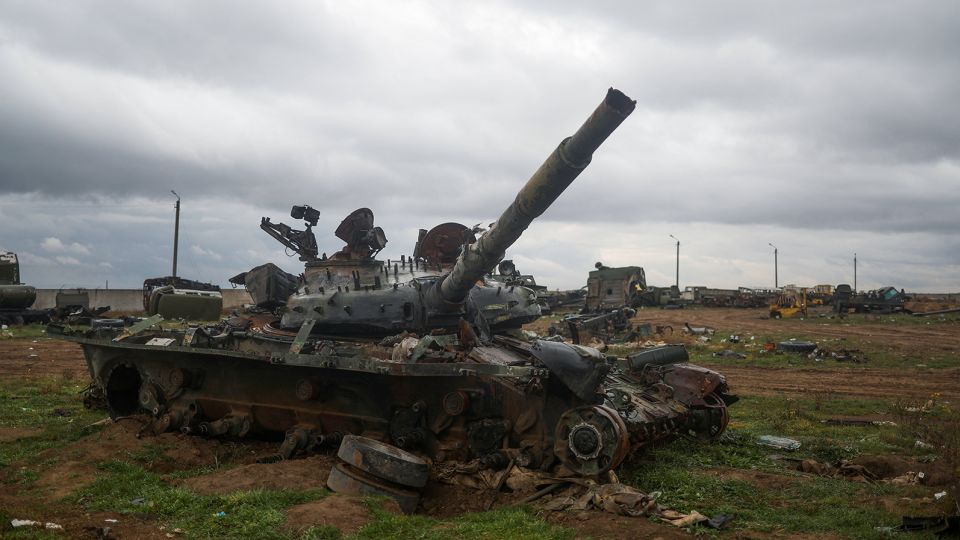
-
Published: 17 February 2023

In a full coverage about the weapon that is used by NATO and USA in UKRAINE- the RUSSIA war, Sputink replies on the recent claims about its weapons as NATO and USA claimed Russia lost half of its Tanks and now it is using the old soviet era weapons ...Next article is published in Sputnik.
Writer |Oleg Burunov
17 Feb.2023 - Moscow - Sputink
With Russia’s special operation underway in Ukraine, the US is reportedly running low on 155mm artillery ammunition available to transfer to Kyiv as part of its hefty military aid to the Zelensky administration.
NATO Secretary General Jens Stoltenberg recently admitted that the Ukrainian conflict is “consuming an enormous amount of munitions and depleting allied stockpiles,” including large-caliber artillery ammunition.
This was echoed by a NATO source who told US media that ammunition for artillery systems, particularly 155mm artillery shells, is being used by Ukrainian forces at a rate that far exceeds the current industrial capacity of both the US and its NATO allies.
Can we refer to NATO artillery as sophisticated weaponry? Sputnik explores.
What Are the Types of Artillery?
Modern-day artillery includes at least three types:
Guns - heavy weapons, which are equipped with long barrels to tackle fortifications with shots at long range.
Howitzers (among them self-propelled ones) - shorter barreled guns with the so-called "chambers" in the bores for smaller powder charges
Mortars - short chambered pieces used for lobbing shells at great elevation into enemy fortifications.

What Artillery is Used by NATO?
The US-made M109 howitzer and the German-made Panzerhaubitze 2000 (PzH 2000) remain the most widespread self-propelled artillery vehicles in NATO service.
The 152mm M109, which was first introduced in the early 1960s and is currently replaced with the PzH 2000 in an array of NATO member states, has a range of about 14 km (8 miles). Developed in the 1980s, the 155mm PzH 2000 is capable of maintaining a very high rate of fire and has a range of up to 67 km (42 miles).
Also in service in many NATO countries are the French 155mm CAESAR and the Czech 152mm SpGH DANA wheeled self-propelled howitzers.
It’s worth noting that the name of the French-made howitzer is a French acronym for The CAmion Equipe du Systeme d'ARtillerie, or “Truck equipped with an artillery system.”
As for modern non-self-propelled artillery in NATO, there is the UK-made 105mm L118 light gun as well as the 155mm FH70, which are both used by multiple NATO countries. The British-made towed 155mm M777 howitzer was only used by US and Canada before Washington and Ottawa began to send the weapon to Kyiv as part of NATO’s military assistance to Ukraine.
What is Special About the M777?
The UK defense company BAE Systems – the howitzer’s manufacturer – touts it as the “highly portable” artillery system that “features a minimal logistical footprint alongside maximum reliability.”
“This means that it can be frequently moved and re-deployed, maximizing survivability, without encountering the IED risks faced by self-propelled systems. The M777 can strike over extended distances, regardless of terrain and obstacles,” according to BAE Systems.
It appears, however, that the howitzer’s “survivability” doesn’t work when it comes to the Russian special military operation in Ukraine. Last month, Russia’s Defense Ministry spokesman Igor Konashenkov said that another M777 artillery system was obliterated by Russian forces in the Kherson region, the latest in a series of such attacks over the past few months. A whole array of M777s has already been destroyed in Ukraine, with the Dutch warfare research group Oryx putting the figure at 39.

How Many M777s Did the US Send to Ukraine?
Since the beginning of the Russian special operation, the Pentagon has already provided Ukraine with at least 126 M777s, along with more than 226,000 rounds of ammunition for the howitzers.
Late last month, a UK newspaper cited a US Army report as claiming that Washington plans to raise production of 155mm ammunition by 500% within the next few years.
The reported increase comes after some White House officials expressed concern that the US aid to Ukraine had depleted America’s stockpile of ammunition. On Thursday, Chairman of the Joint Chiefs of Staff Gen. Mark Milley told the media that Washington is reviewing its weapons stockpiles and may have to increase military spending after seeing the high rate at which ammunition has been used in the Ukrainian conflict.
"One of the lessons of this war is the very high consumption rates of conventional munitions, and we are re-examining our own stock ages and our own plans to make sure that we got it right," Milley said in an interview.
He added that the White House is “trying to do the analysis” so that it “can then estimate” what it thinks “the true requirement would be” in order “to put that in the budget.”
Why Does NATO Use 155mm Caliber?
Since the early 2000s, most NATO armies have adopted the 155 mm caliber artillery as an all-purpose standard. This is seen as striking a good compromise between range and power, amid speculation that using just a single caliber greatly simplifies the logistics burden.
Introducing a unified NATO standard of 155mm led to the obsolescence of larger caliber artillery weapons such as the 175 mm and 203 mm. Some NATO militaries, including those in Eastern Europe, retain the smaller 105 mm weapons for their light weight and portability.
